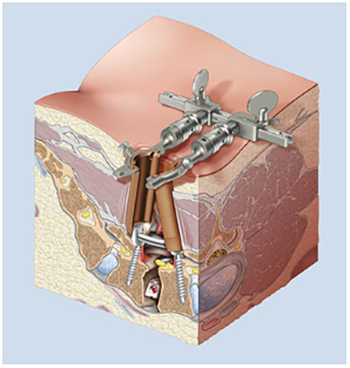Minimally invasive spinal surgery is a collection of surgical techniques that allows the spinal problem to be corrected using small surgical incisions. Compared to traditional spine surgery, minimally invasive spinal procedures are less damaging to the muscles and other soft tissues around the spine. Also, a quicker recovery from surgery is anticipated with minimally invasive surgery. Other advantages of minimally invasive spinal surgery include less bleeding, shorter hospital stay and a lower rate of postoperative infection compared to traditional spinal surgery. Minimally invasive spinal procedures may be done with general, spinal, or local anesthesia depending on the specific type of surgery being performed. One of the major differences between minimally invasive and traditional spinal surgery is the use of small incisions to perform the surgical procedures. To perform spinal surgery through small incision, the surgeon must utilize special equipment that is not routinely used with traditional spinal surgery. To access the spine through a small incision, the minimally invasive spinal specialist uses a specialized tubular retractor or port to access the spine.

One important principle of minimally invasive spinal surgery is that the soft tissues surrounding the spine are not cut but rather are “dilated” using special instruments called serial dilators.
 English
English Italiano
Italiano